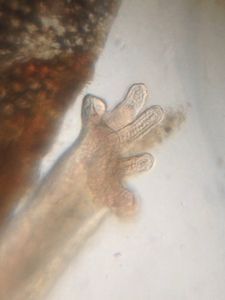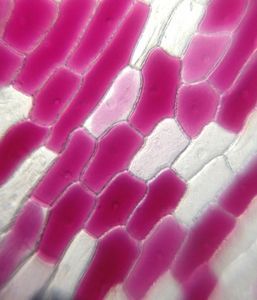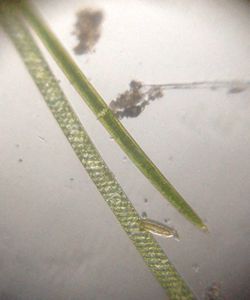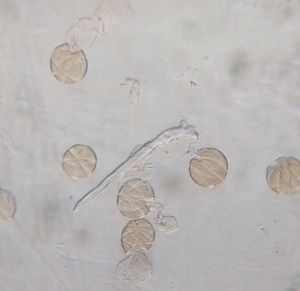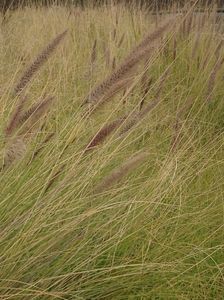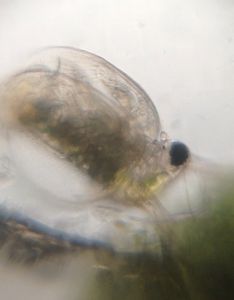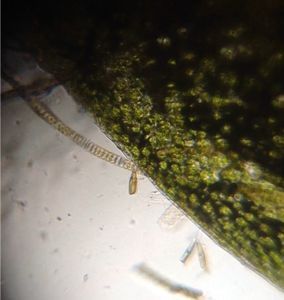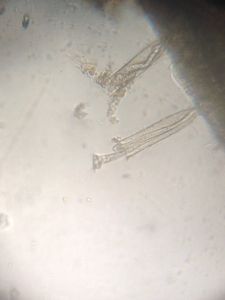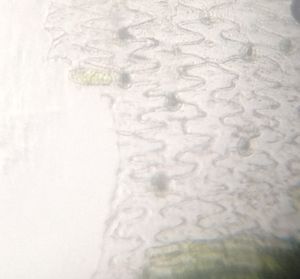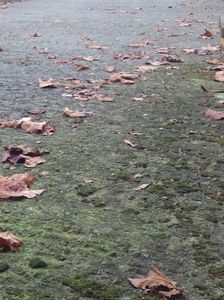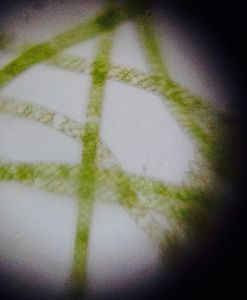An entirely new focus
 Aug 03, 2018 • 1:16 PM UTC
Aug 03, 2018 • 1:16 PM UTC Unknown Location
Unknown Location 140x Magnification
140x Magnification Microorganisms
Microorganisms
Cristina
Learn about the author...
19posts
52comments
1locations
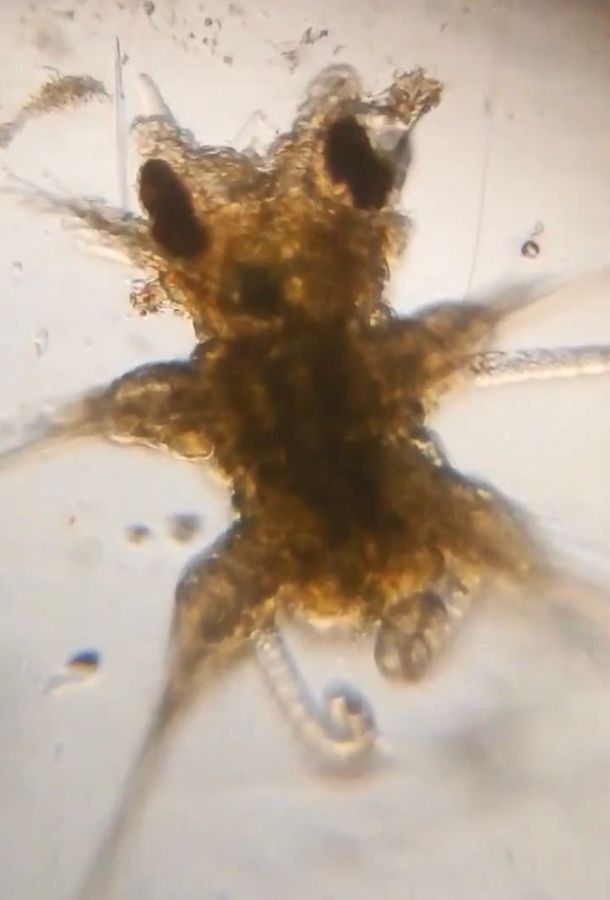
Dear foldscope community:
Since I own a foldscope, spending a day anywhere has had an enriched focus. For example, going to the beach, apart from staring at its beautiful features, sharing conversations with family and friends, and much more, has granted me the opportunity to know my swimming-mates better😃😃. Uncountless, let me say, but let me introduce you two of them.
Since I own a foldscope, spending a day anywhere has had an enriched focus. For example, going to the beach, apart from staring at its beautiful features, sharing conversations with family and friends, and much more, has granted me the opportunity to know my swimming-mates better😃😃. Uncountless, let me say, but let me introduce you two of them.

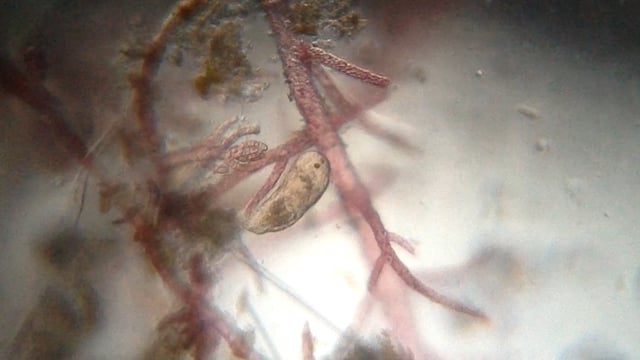
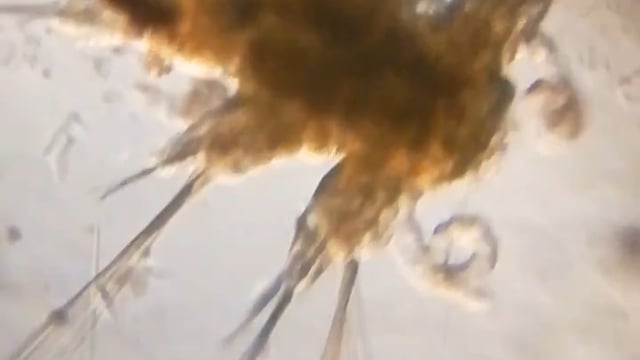

Indeed, both are larvae. The first one is benthonic, but I am not sure what it will be as an adult. I find it very cute, spinning and so roundish. The second specimen is obviously planktonic…… so many appendages. ….. It must be a drifter… a polichaete larval phase? If I am mistaken, please let me know. I wonder what is the use of all those long protruding setae/articulated appendages… apart from floating. And are those big black dots eyes? By the way, I think it broke into two, although it continues to move!!!
Well, you might now understand what I ment before. …. a new focus, absolutely!
Thanks for reading
Cristina Bosch Esteva
Well, you might now understand what I ment before. …. a new focus, absolutely!
Thanks for reading
Cristina Bosch Esteva
Sign in to commentNobody has commented yet... Share your thoughts with the author and start the discussion!
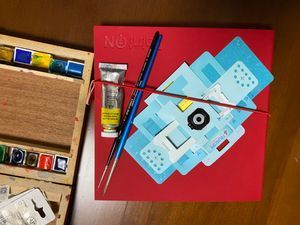
 0 Applause
0 Applause 0 Comments
0 Comments



